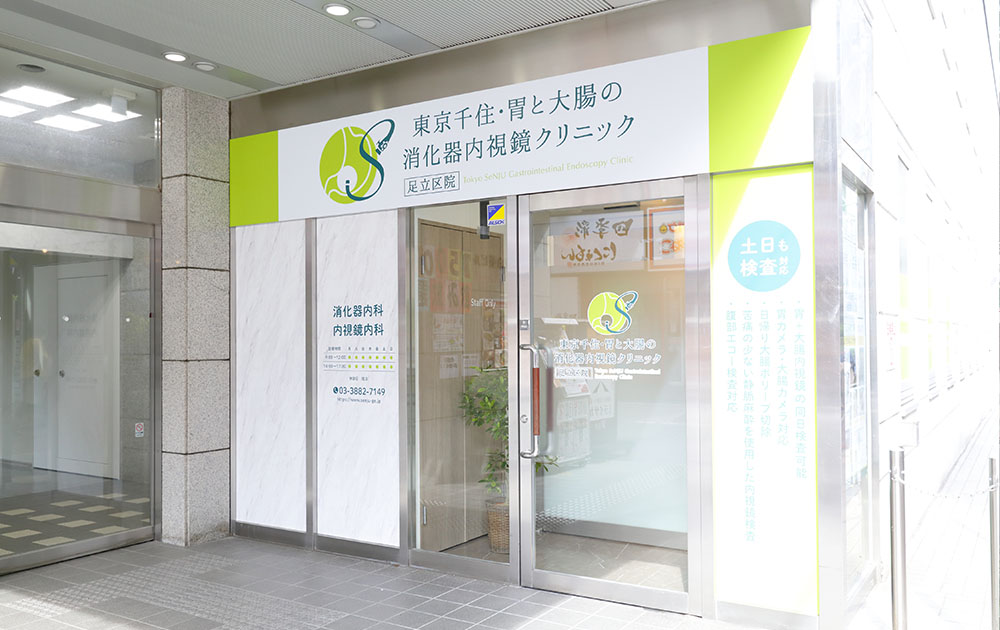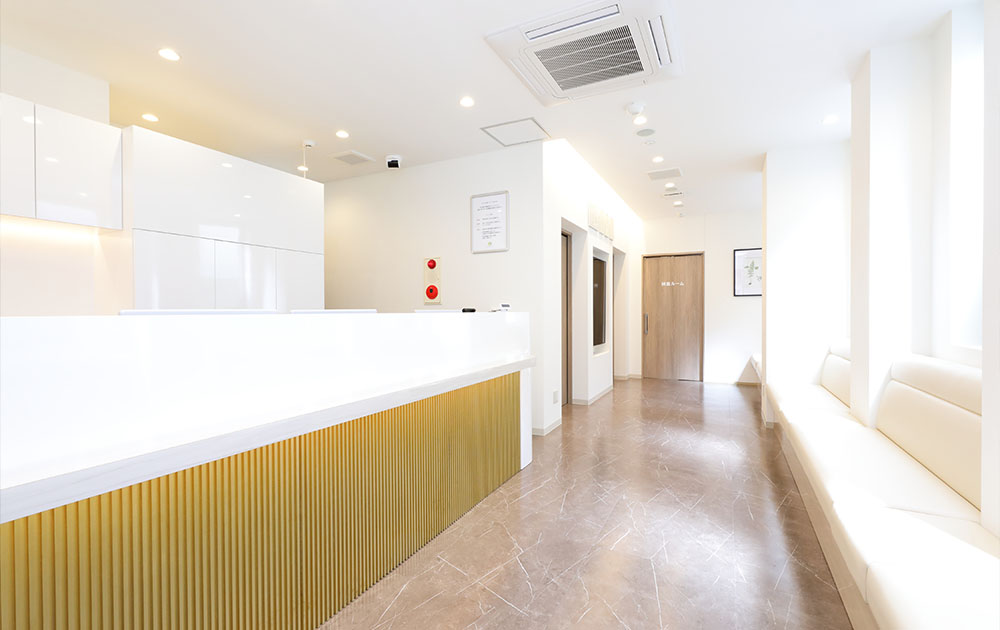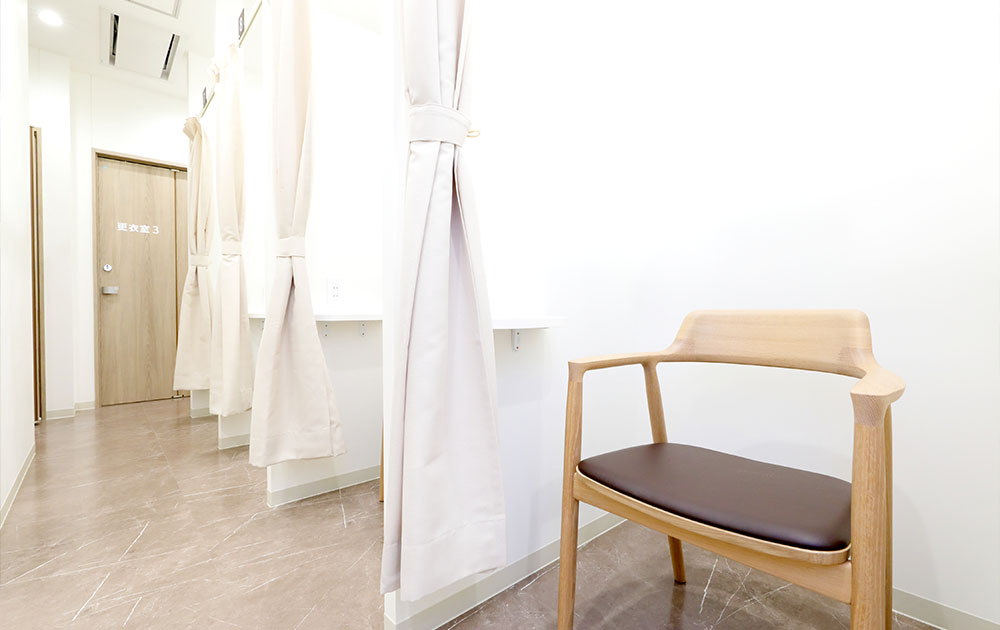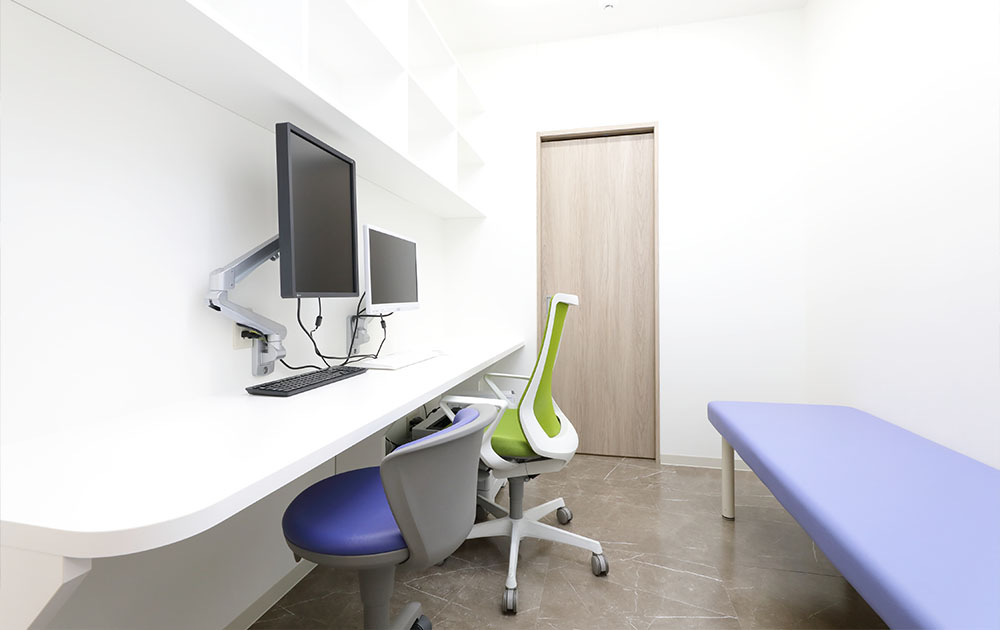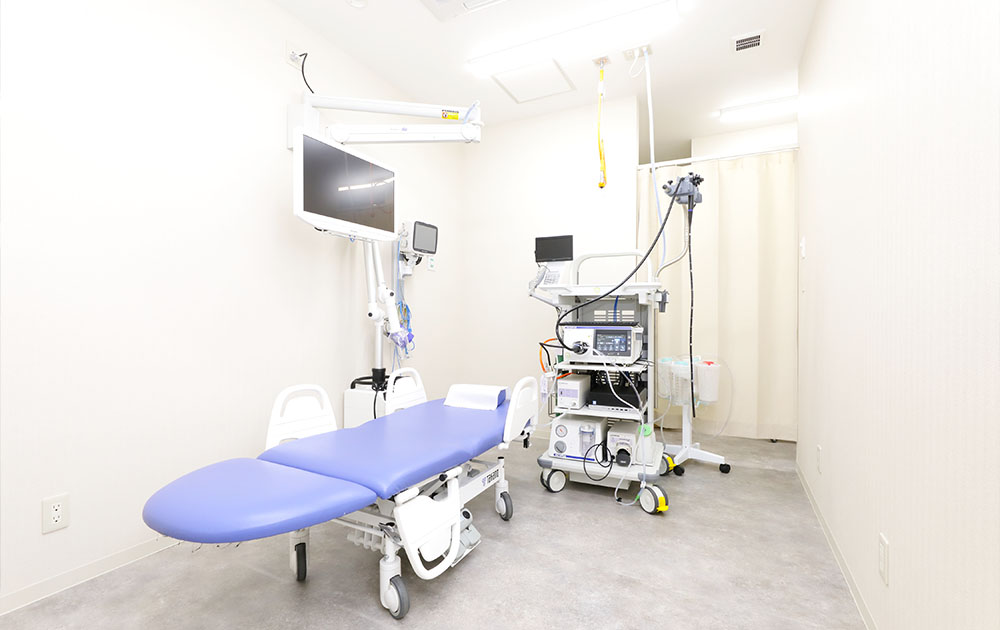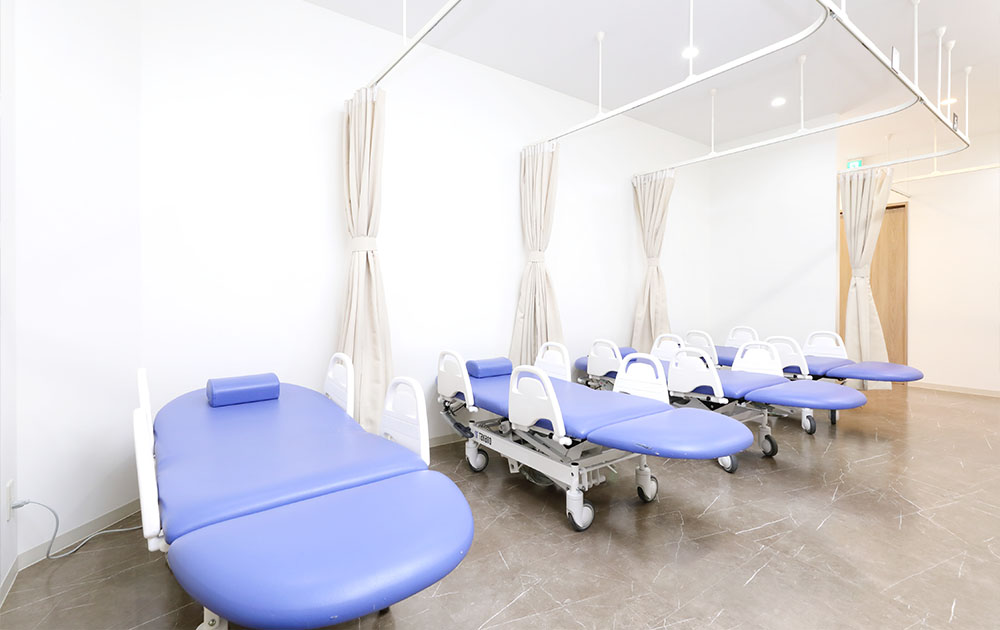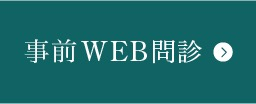Senju Gastroenterological Clinic (SGC)
Two minutes walk from East exit of Kita-Senju Station.
1F, Dai2 Hakua Building.
Welcome to our clinic website
Here at Senju Gastroenterological Clinic, we specialize in helping people to check GI tract and organ with medical examination and endoscopic & ultrasound procedure. We believe in providing the best medical support for everyone suffering from GI symptoms. Our aim is to contribute to the society with the advanced endoscopic procedure.
Gastroenterology & Gastrointestinal Endoscopy in Kita-Senju, Tokyo
Senju Gastroenterological Clinic in Kita-Senju, Adachi-ward, Tokyo
Address: 1F, Dai 2 Hakua Building, 3-74, Senju, Adachi-ku, Tokyo, Japan
Tel:03-3882-7149
Medical Hours
| Medical Hours | Mon | Tue | Wed | Thu | Fri | Sat | Sun |
|---|---|---|---|---|---|---|---|
| 9:00~12:00 | ● | ● | ● | ● | ● | ● | ● |
| 14:00~17:30 | ● | ● | ● | ● | ● | ● | ● |
-
- [Closed days] Public holidays, two days at the end of the year and first three days of the new year
All major credit card accepted
 Address: 1F, Dai2 Hakua Building, 3-74, Senju, Adachi-ku, Tokyo, Japan Tel: 03-3882-7149
Address: 1F, Dai2 Hakua Building, 3-74, Senju, Adachi-ku, Tokyo, Japan Tel: 03-3882-7149ABOUT US
Our philosophy
・Best medical support for everyone with GI symptoms
・To provide people with advanced endoscopy with evidence based medicine
・Early detection and diagnosis for GI neoplasms
Excellent endoscopic examination for you.
As one of the leading GI endoscopic clinic located in Kita-Senju, Tokyo, we are committed to providing the safest, most comfortable and advanced GI endoscopy with state-of-the-art technology and expertise by highly skilled medical doctors and staffs. We will spend our time to carefully understand and personalize the most optimal examination and treatment plan for you.
Our Team
Board chairman
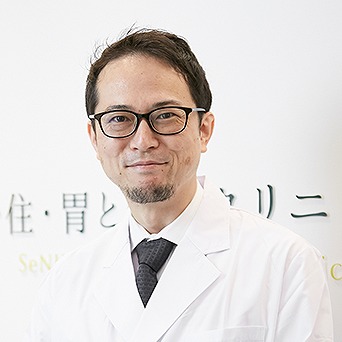
Dr. Harada Hideaki
Gastroenterology & Endoscopy Physician
M.D. (JPN)
Dr. Harada Hideaki is the founder of Urawa Endoscopy & Senju GI Clinic. Certified Gastroenterological Endoscopy Society, Society of Gastroenterology, and international member of American Society of Gastrointestinal Endoscopy (ASGE) and European Society of Gastrointestinal Endoscopy (ESGE). He had worked in Dept. of Gastroenterology, New Tokyo Hospital as chief director. His main area of interests is gastroenterology, GI endoscopy, colorectal polyp, and colorectal cancer.
Director
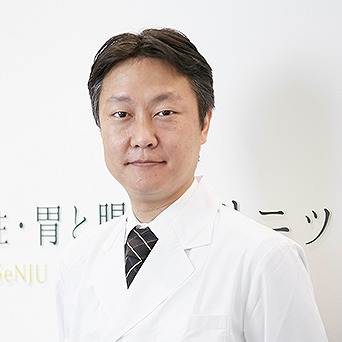
Dr. Hayasaka Kenji
Gastroenterology & Endoscopy Physician
M.D. (JPN)
Dr. Hayasaka Kenji is the medical director and founder of Senju GI Clinic. Certified Gastroenterological Endoscopy Society and Society of Gastroenterology. He had worked in Dept. of Gastroenterology, New Tokyo Hospital as deputy director. His main area of interests is gastroenterology and GI endoscopy.
Doctors
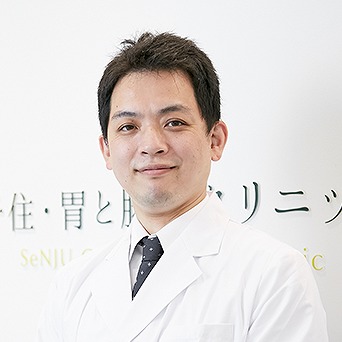
Dr. Iwaki Tomoyuki
Gastroenterology & Endoscopy Physician
M.D. (JPN)
Dr. Iwaki Tomoyuki is the experienced gastroenterological and endoscopic practitioner.
Certified Gastroenterological Endoscopy Society and Society of Gastroenterology. His main area of interests is gastroenterology, GI endoscopy, and gastric cancer.
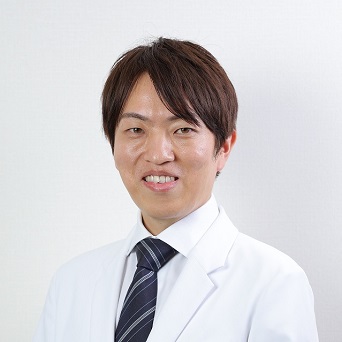
Dr. Suehiro Satoshi
Gastroenterology & Endoscopy Physician
M.D. (JPN)
Dr. Suehiro Satoshi is the experienced gastroenterological and endoscopic practitioner.
Certified Gastroenterological Endoscopy Society and Society of Gastroenterology. His main area of interests is gastroenterology, and GI endoscopy.
Dr. Yanai Yuka
Gastroenterology & Endoscopy Physician
M.D., PhD. (JPN)
Dr. Yanai Yuka is the experienced gastroenterological and endoscopic practitioner.
Certified Gastroenterological Endoscopy Society and Society of Gastroenterology. Her main area of interests is gastroenterology, and GI endoscopy.
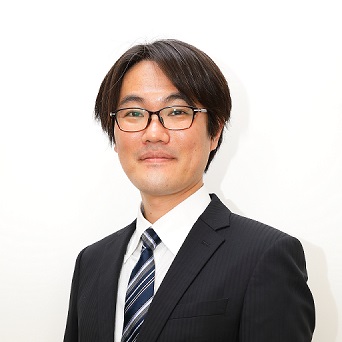
Dr. Okano Sou
Gastroenterology & Endoscopy Physician
M.D. (JPN)
Dr. Okano Sou is the experienced gastroenterological and endoscopic practitioner.
Certified Gastroenterological Endoscopy Society and Society of Gastroenterology. His main area of interests is gastroenterology, and GI endoscopy.
Endoscopic procedure
- EGD (Esophagoduodenoscopy) and CS (Colonoscopy)
- Polypectomy Helicobactor pylori (H. pylori) Infection
- Abdominal ultrasound
- Medical checkup for GI tract
EGD (Esophagogastroduodenoscopy) and CS (Colonoscopy)EGD and CSEsophagogastroduodenoscopy and Colonoscopy
EGD and CS are performed to detect the inflammation and neoplasms of the upper GI tract and the colon, respectively. We can applicate Narrow Band Imaging system (image-enhanced endoscopic system) for precise endoscopic diagnosis and confirm histological diagnosis by endoscopic biopsy. Given that you are receiving antithrombotic agents, biopsy is safely done according to guideline. We also perform EGD and CS with intravenous sedatives. Our team physicians are highly skilled in intravenous sedatives. Please asked our physicians and staffs about intravenous sedatives.
・Goda K, Amano Y, et al. Newly developed magnifying endoscopic classification of the Japan Esophageal Society to identify superficial Barrett’s esophagus-related neoplasms. Esophagus 2018; 15: 153-159.
・Uno G, Amano Y, et al. Simplified classification of capillary pattern in Barrett's esophagus using magnifying endoscopy with narrow band imaging: implications for malignant potential and interobserver agreement. Medicine (Baltimore) 2015;64: e405.
・Shibagaki K, Amano Y, et al. Magnification endoscopy with acetic acid enhancement and narrow-band imaging for the diagnostic accuracy of gastric mucosal neoplasms. Endoscopy 2016;48:16-25.
・Shibagaki K, Amano Y, et al. Magnification endoscopy with acetate instillation and a narrow-band imaging system for pit pattern diagnosis of colorectal neoplasms. J Clin Gastroenterol 2015;49:306-012.
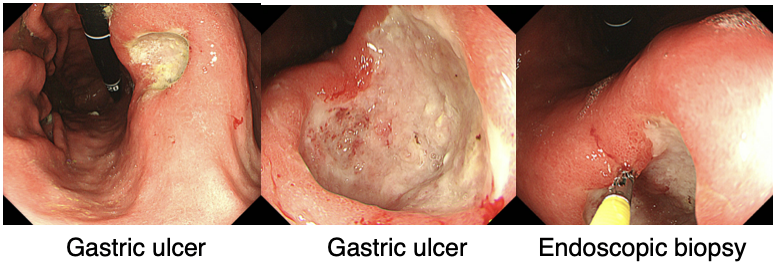
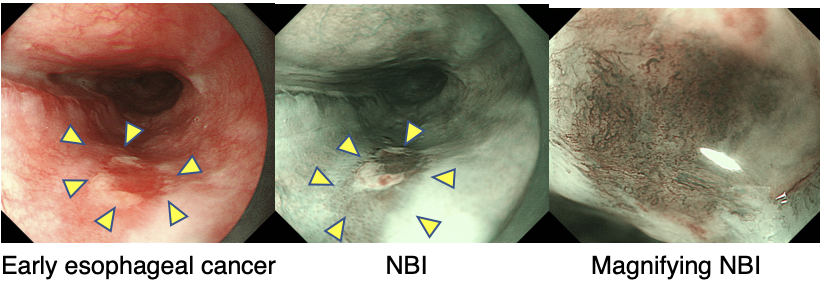

Polypectomy
Polypectomy is feasible while performing Colonoscopy. In case of a medication with antithrombotic agents, adjustment of antithrombotic agents is needed (ex, drug cessation of clopidogrel, one-day cessation of rivaroxaban, etc…). However, Polypectomy is also safely done according to the Japanese guidelines. Please asked our physicians and staffs about polypectomy with antithrombotic agents. Colonic polyp more than 2 cm can not be accepted to resect simultaneously in our clinic. If we detect colonic polyp more than 2cm, we introduce you to the cooperative hospital with accommodation facility (Digestive Endoscopy Center in Urawa Kyosai Hospital). ・Harada H, et al. Postpolypectomy bleeding of colorectal polyps in patients with continuous warfarin and short-term interruption of direct oral anticoagulants. Gastrointest Endosc. 2021; 93: 691-8. ・Harada H, et al. The effect of anticoagulants on delayed bleeding after colorectal endoscopic submucosal dissection. Surg Endosc. 2020; 34: 3330-3337. ・Harada H, et al. Feasibility of gastric endoscopic submucosal dissection with continuous low-dose aspirin for patients with dual antiplatelet therapy. World J Gastroenterol. 2019; 25: 457-68. ・Harada H, et al. Continuous use of low-dose warfarin for gastric endoscopic submucosal dissection: a prospective study. Endosc Int Open 2017; 05: E348-53.

Helicobactor pylori (H. pylori) Infection
H. pylori is bacteria that infect in human stomach during childhood. H. pylori can possibly induce gastric cancer and ulcer because of an inflammatory condition of stomach known as gastritis. Although most people with H. pylori don’t have any symptoms, they may have symptoms as abdominal pain, nausea, heartburn, bloated, and lack of appetite when the infection leads to deteriorate. H. pylori is diagnosed by breath test, blood test, and endoscopy. Most of infected H. pylori can be eradicated by the medications (so called triple therapy): proton-pump inhibitors (PPI), amoxicillin, and clarithromycin or metronidazole. Please asked our physicians and staffs about H. pylori treatment.
Abdominal ultrasound (AUS)
AUS is performed to detect the diseases of abdominal organs (liver, gallbladder, bile duct, pancreas, and kidney). Our team technicians are highly skilled in AUS. Please asked our physicians and staffs about AUS.
Medical checkup for GI tract
Our clinic offers medical checkup for GI tract (Esophagogastroduodenoscopy and Colonoscopy) without health insurance. A fee of medical checkup for GI tract includes intravenous anesthesia, and premedication of endoscopy. Please asked our physicians and staffs about medical checkup for GI tract.
| Medical checkup | Fee |
|---|---|
| Esophagoduodenoscopy(EGD) | ¥25,000 |
| Colonoscopy(CS) | ¥35,000 |
| EDG and CS | ¥50,000 |
| Colonic polypectomy | ¥60,000 |
Japanese health insurance
| Health insurance(JPN) | 10% medical costs | 30% medical costs |
|---|---|---|
| Esophagoduodenoscopy(EGD) | About ¥1,500 | About ¥5,000 |
| Colonoscopy(CS) | About ¥2,000 | About ¥5,500 |
| Colonic polypectomy | ¥7,000~¥9,000 | ¥20,000~¥30,000 |
| Abdominal ultrasonography | About ¥500 | About ¥1,500 |
Our endoscopy clinic
Facilities
Olympus EVIS X1
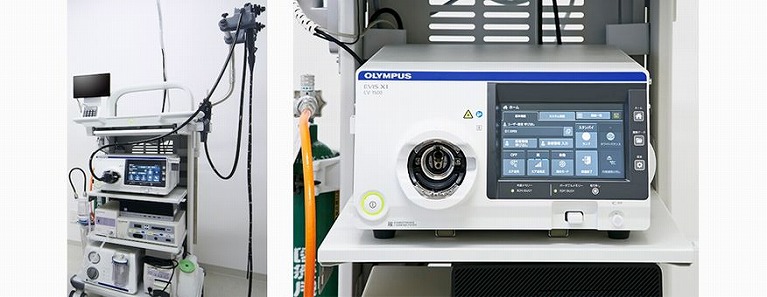
GIF-XZ1200・CF-XZ1200
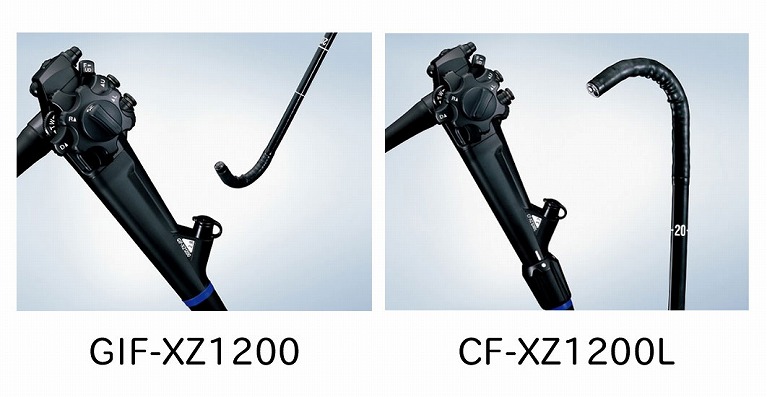
Endoscopic devices
All endoscopic devices (mouthpiece, biopsy forceps, snare, and injection needle) are disposable because of sanitation and infection control measures.
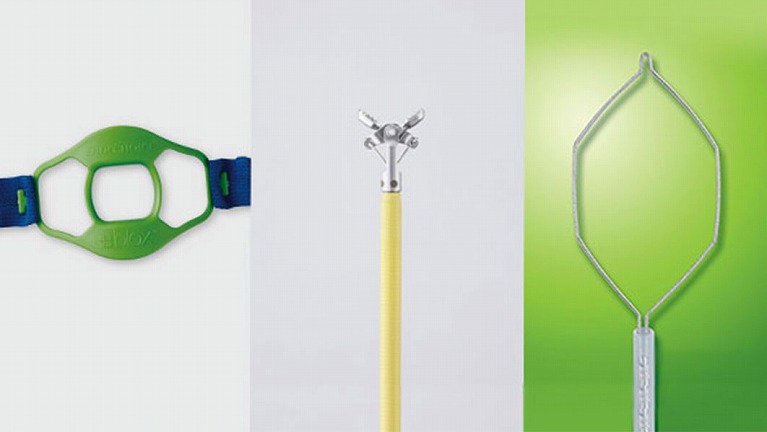
All image from Boston Scientific Japan
Supporting device for covid protected endoscopy
Extracorporeal vacuum device for droplet reduction
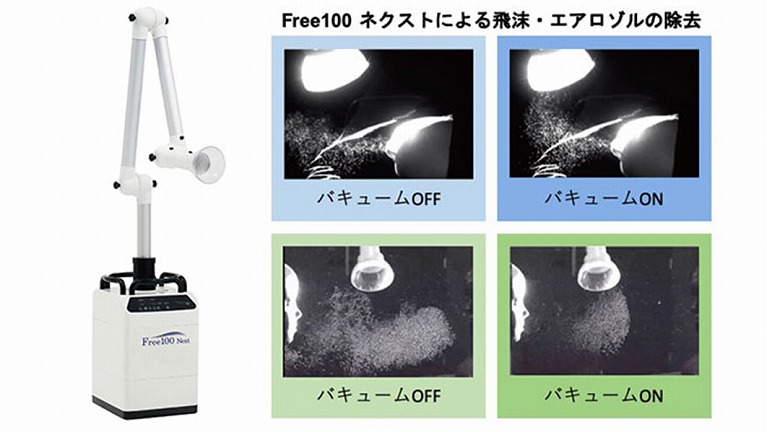 mage from Forest one, Free100Next
mage from Forest one, Free100Next
Frequently Asked Questions
Where is Senju Gastroenterological Clinic located?
Senju Gastroenterological Clinic is located at 1F, Kita-Senju V Building, 1-11-2, Senju, Adachi-ku (Seven-minute walk from West exit of Kita-Senju Station).
How many doctors practice at Senju Gastroenterological Clinic (SGC)?
There are several doctors at SGC. We cooperate with the GI doctors who are affiliated with Kyosai-Hospital in Urawa. The doctors are experienced to treat patients with digestive diseases, especially early cancer.
How does it cost?
Please check the following about the cost.
・Esophagoduodenoscopy (EGD)
・Colonoscopy (CS)
・Colonic polypectomy
・Abdominal ultrasound (AUS)
・Medical checkup fee
Is a reservation necessary for a medical examination?
The reservation is not necessary. A new outpatient visit is possible in anyone. If you hope for a smooth medical examination, you can reserve it on our web site.
How does a medical examination reserve?
The reservation of esophagoduodenoscopy (EGD), colonoscopy (CS), and EGD&CS, is possible on our web site. If you reserve CS or EGD&CS, you need to prep for colonoscopy to cleanse the colon at our clinic or your home. Our clinic has prep room and three toilets for prep. If you hope for prep at your home, an outpatient visit is necessary in advance. *An out patient visit is necessary for the following situation; dual or triple therapy of antithrombotics (antiplatelets or anticoagulants), over 70 years old, patients with severe heart, pulmonary, or kidney disease, troubled by severe constipation, constipated for several days.
Are esophagoduodenoscopy (EGD) and colonoscopy (CS) painful?
As we use an intravenous anesthetic during EGD and CS, you feel almost nothing pain. All doctors experienced EGD and CS with an intravenous anesthetic. If you don’t choice intravenous anesthesia, you can have nasal endoscopy. Please feel free to ask us about the intravenous anesthesia.
Which better examination, oral esophagoduodenoscopy (EGD) or nasal EGD?
Although the resolution of nasal EGD, so called small caliber endoscope, has advanced much better than before, it is no match for oral EGD endoscope, so called normal caliber endoscope. We recommend oral EGD if you hope for scrutiny. As we use an intravenous anesthetic during EGD, you feel almost nothing pain. Please feel free to ask us about oral EGD.
Is it possible the examination of esophagoduodenoscopy (EGD) and colonoscopy (CS) simultaneously?
It is possible. We perform EGD with intravenous anesthesia, subsequently CS. As you can have EGD and CS at the same time, stressing the body is lesser.
How does the examination take?
Esophagoduodenoscopy (EGD) takes for about 10 minutes. The preparation of EGD takes for 20 to 30 minutes. If you have intravenous anesthesia, you need to take a rest for 30 to 60 minutes at the recovery room after EGD. After taking a rest, the doctor explain the results of EGD. Colonoscopy (CS) takes for about 10 to 20 minutes. Because the time of insertion to the deep colon depends on an individual. Colonoscopy is necessary for prep to cleanse the colon taking a laxative. You need to prep for colonoscopy at our clinic or your home. Our clinic has prep room and three toilets for prep. If you hope for prep at your home, an outpatient visit is necessary in advance. If you have intravenous anesthesia, you need to take a rest for 30 to 60 minutes at the recovery room after CS. After taking a rest, the doctor explain the results of CS.
Is it possible to resect colonic polyps at the same time as Colonoscopy (CS)?
(polypectomy) It is possible. Colonic polyps according to size is possible to resect at our clinic. However, large polyps are impossible to resect at our clinic. In case of large polyps, we refer you to Kyosai Hospital in Urawa. After polypectomy, resting at home is needed for 2 or 3 days (restriction of movement, diet, and alcohol).
Is it possible to eat immediately after endoscopy?
In the case of esophagoduodenoscopy (EGD), eating and drinking are possible after an hour because of throat anesthesia. In case of sampling tissue, drinking is possible after an hour, and eating is after two hours. In case of colonoscopy (CS), drinking is possible immediately. Eating is possible after two hours. In case of sampling tissue, alcohol and pungently flavored food are restricted that day. After polypectomy, resting at home is needed for 2 or 3 days (restriction of movement, diet, and alcohol).




